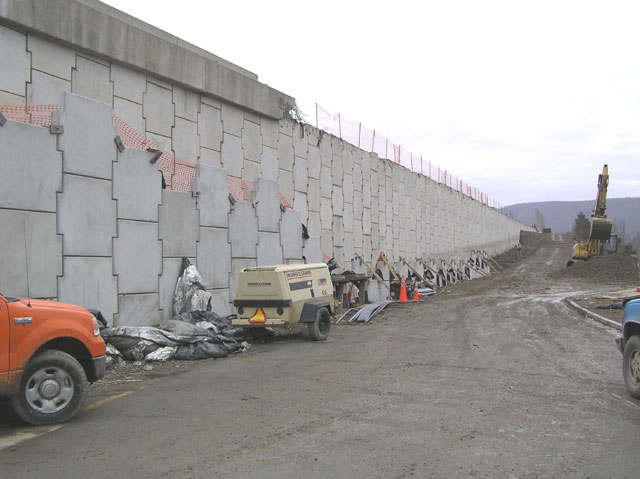 A modern invention resulting from the globalization of the world economies has been the steel shipping container. Steel containers are utilized today to transport finished products from developing to developed economies. Conversely, the containers are also used to transport recyclable goods from developed to developing economies to fuel the demand of raw materials needed for manufacturing. The use of containers has proliferated due to the various, “intermodal” means of transporting them; they can be moved directly from cargo ships to railroad cars to trucks. Due to their proliferation, other uses have emerged for containers.
A modern invention resulting from the globalization of the world economies has been the steel shipping container. Steel containers are utilized today to transport finished products from developing to developed economies. Conversely, the containers are also used to transport recyclable goods from developed to developing economies to fuel the demand of raw materials needed for manufacturing. The use of containers has proliferated due to the various, “intermodal” means of transporting them; they can be moved directly from cargo ships to railroad cars to trucks. Due to their proliferation, other uses have emerged for containers.
Containers are durable, rectangular boxes made of steel. The quality and uniformity of construction lends the container to ulterior uses such as living and office spaces. Common container dimensions include the 20ft (interior width of 93”, height of 94” and length of 233”) and 40ft (interior width of 93”, height of 94” and length of 475”), and can be combined in many different patterns to create floor plans sure to suit an individual or organization’s taste.
Due to the number of containers in circulation, the cost of procuring one is very low. Used 40ft containers can be purchased for as little as $2,000US (not including freight). On a per square foot basis, that equates to approximately $6.50; name another structural system you can erect for that low of cost! As noted above, this is exclusive of freight. However, since the ease of transport is at the root of the container design, freight to anywhere in the United States combined with erection costs should be relatively low. Factoring in to the total life cycle costs, containers are designed to be relatively water tight. By sealing any joints/penetrations with open cell insulation, the container can be made airtight creating a more energy efficient structure.
Containers derive their strength based on their rigid box design. Anytime penetrations made to the box can affect the structural integrity. It is important to have a structural engineer design for any penetrations in the walls, floors and ceiling. Un-modified, the standard container is designed for an equivalent loading of an amazing 382 pounds per square foot. Compare that to your standard home which (per the requirements of the International Residential Building Code) is designed for a standard live load of 40 pounds per square foot along with a dead load of approximately 25 pounds per square foot.
It’s important to have a structural engineer design the connections between containers in a multi-container structure. Also, as with any structure, the foundation performance is imperative to the overall durability and safety of container structures. Often times, a concrete mat foundation can be used to support the container structure. The container would attach to the foundation using steel embed plates that the container can then weld to.
Shipping containers create a unique opportunity for those looking to think “outside the box”. Their durability, low cost and ease of transport create opportunities for building low cost living and work spaces. Unfortunately, many structural engineers are not familiar with designing with uncommon systems. However, our staff of innovative, structural engineers can help you with any container project you may be considering.

